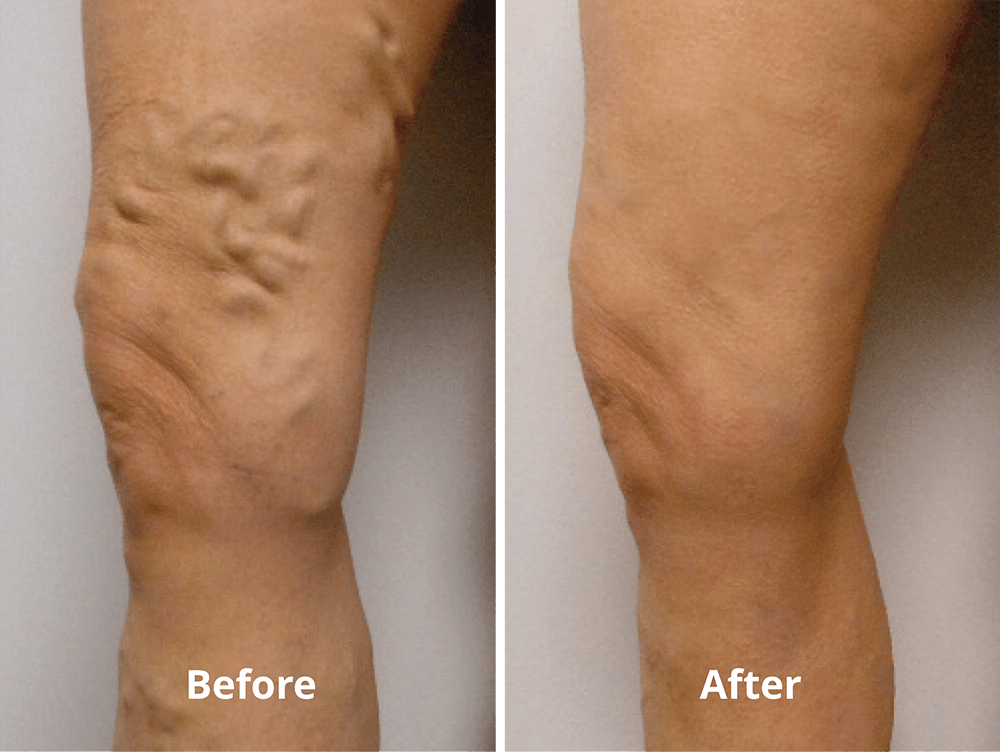Radiofrequency Endovenous Ablation
Endovenous Ablation
Endovenous ablation refers to a host of minimally-invasive treatments for chronic venous insufficiency. We use these treatments on fairly straight veins that experienced valve failure, which led to blood pooling in the leg.
For most patients, we use these procedures to treat the great saphenous vein which is in the inner part of the calf and thigh. We also use these methods to treat the small saphenous veins, perforating veins, and accessory great saphenous veins.
In the past decade, endovenous ablation has changed the way we approach vein treatment. It has replaced vein stripping in all but a select few special cases. These endovenous ablation procedures are designed to be done in an office setting. Hospitalization and general anesthesia are not necessary.

What is Radiofrequency Endovenous Ablation?
Radiofrequency endovenous ablation (RFA) uses heat to treat abnormal veins. It is a minimally invasive procedure that we use in our office to treat chronic venous insufficiency. It uses RF energy produced by a catheter to close the veins being treated.
RFA treats the following conditions:
- Chronic Venous Insufficiency
- Varicose Veins
- Swollen Legs
How Does It Work?
During the treatment, we use the energy from heat in order to close your abnormal veins. We place a small catheter into the diseased vein using a small cut in the skin. We then numb the area around the vein with a local anesthetic. The catheter will deliver heat to shrink and close the diseased vein.
You don’t need to worry about any health risks from “losing” these abnormal veins. Your body will reroute the blood through the remaining, healthy veins.
What Happens After Treatment?
You will use compression stockings (usually thigh-high) the first night after the procedure and daily for the next 5-7 days.
We encourage all of our patients to walk at least 20 minutes up to three times a day post-procedure. However, you should avoid hard physical activity for a week after your treatment. You also shouldn’t try to lift anything heavier than 20 lbs during that week.
For most patients, pain can be managed with over-the-counter pain medicine. Bruising around the treated area is also very common. The bruising and discomfort usually resolve quickly.


“I can now endure intense cardio and leg workouts, and it does feel like I’ve been given a new set of legs.”
